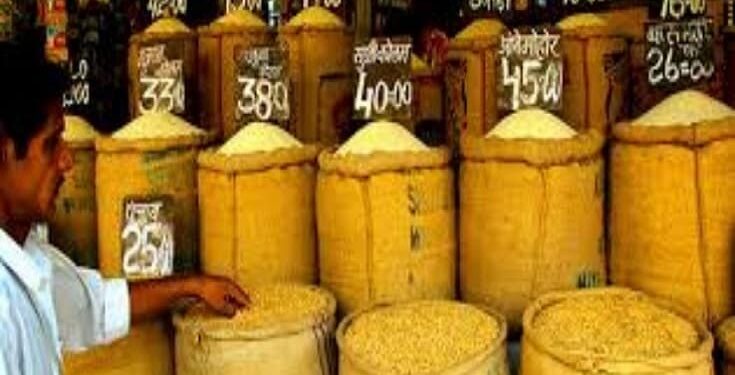In News
With a network of more than 400,000 fair price shops (FPS), the public distribution system (PDS) in India is perhaps the largest distribution machinery of its type in the world. PDS is said to distribute each year commodities worth more than Rs 15,000 crore to about 16 crore families.
History of PDS
- Before the 1960s, distribution through PDS was generally dependent on imports of food grains. It was expanded in the 1960s as a response to the food shortages of the time.
- Subsequently, the government set up the Agriculture Prices Commission and the Food Corporation of India to improve domestic procurement and storage of food grains for PDS. By the 1970s, PDS had evolved into a universal scheme for the distribution of subsidised food.
- In the 1990s, the scheme was revamped to improve access of food grains to people in hilly and inaccessible areas, and to target the poor.
- In 1997, the government launched the Targeted Public Distribution System (TPDS), with a focus on the poor. TPDS aims to provide subsidised food and fuel to the poor through a network of ration shops.
- In September 2013, Parliament enacted the National Food Security Act, 2013. The Act relies largely on the existing TPDS to deliver food grains as legal entitlements to poor households. This marks a shift by making the right to food a justiciable right.
Features of PDS
- PDS is operated under the joint responsibility of the Central and the State Governments. The Central Government, through Food Corporation of India (FCI), has assumed the responsibility for procurement, storage, transportation and bulk allocation of food grains to the State Governments.
- The operational responsibility including allocation within State, identification of eligible families, issue of ration cards and supervision of the functioning of FPSs etc., rest with the State Governments.
- Under the PDS, presently the commodities namely wheat, rice, sugar and kerosene are being allocated to the States/ UTs for distribution. Some States/ UTs also distribute additional items of mass consumption through the PDS outlets such as pulses, edible oils, iodized salt, spices, etc.
















